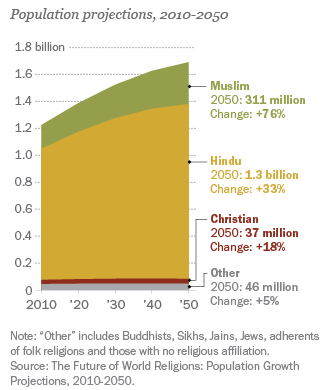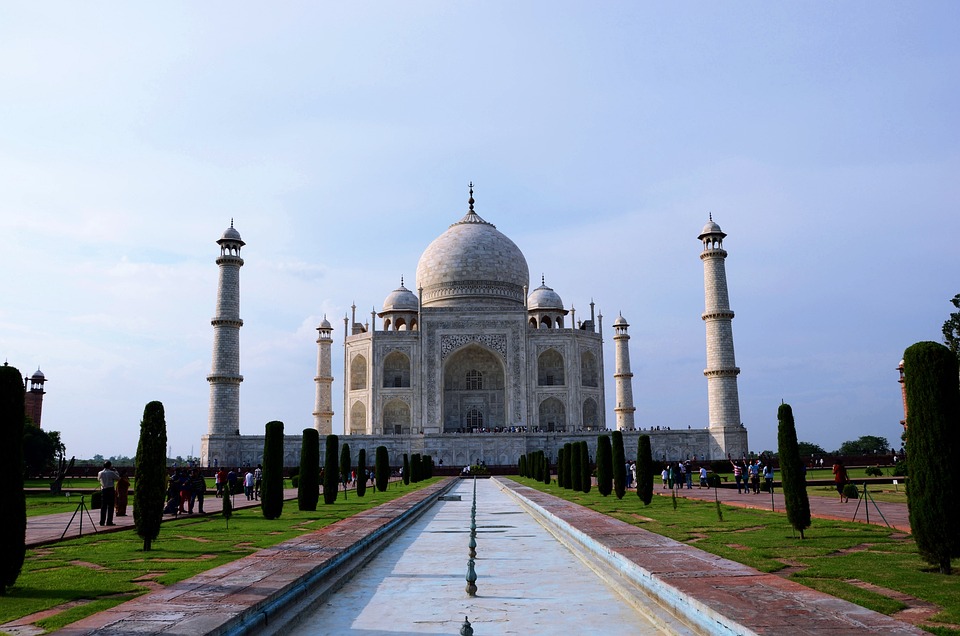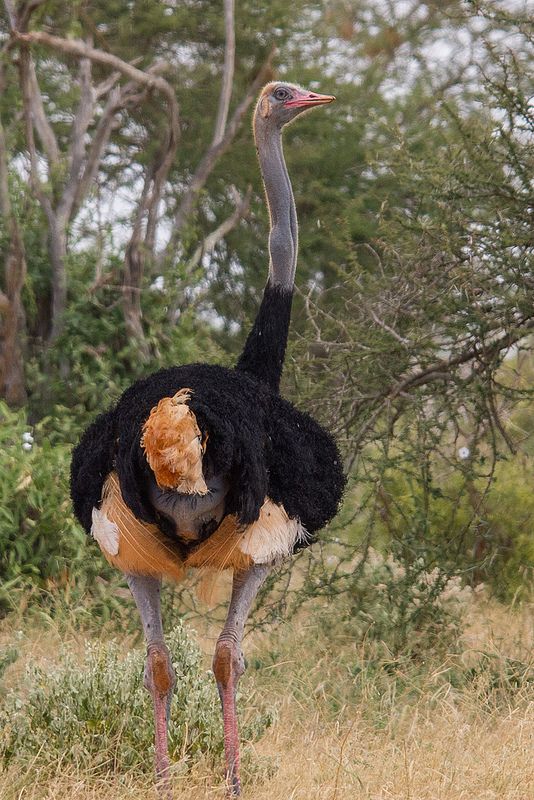India is located in the south of Asia and has a plethora of amazing tourist attractions for you to visit. There is something for everyone, whether you wish to visit the gorgeous Taj Mahal, walk across the Indian Himalayas, or eat your way through the many different types of mouthwatering curry. Here are 9 facts about India that you will surely find interesting.
- India got its name from a river
- Indians have a high religious tolerance
- India is home to many more religions apart from hindusim
- Marvels of Indian Architecture
- Varanasi is One of The World’s Oldest Living Cities
- “Snakes and Ladders” was created in India
- India produces about 70% of the world’s spices
- Kumbh Mela’s gathering can be seen from space
- The “Human Calculator” was born in India
- India is the birthplace of Ayurveda
- Final Thoughts
India got its name from a river
The word “India” comes from the Indus River, which was the centre of the Indus Valley civilization approximately 5,000 years ago. Sindhu is another name for the river, given by the native devotees. Persian conquerors transformed this word into Hindu. Thus, the name “Hindustan”, used to refer to India, combines Sindhu and Hindu. However, in Hindi, people refer to the country as “Bharat”.
Indians have a high religious tolerance
Indians embrace religious tolerance, despite the fact that they live religiously separated lives. Around 84 per cent of people across the country believe that it is critical to respect various religions in order to be “truly Indian”. Additionally, Indians are unanimous in their belief that respect for other faiths is an essential component of what it means to be a member of their own religious group.
India is home to many more religions apart from hindusim

India’s immense population includes not just the great majority of the world’s Hindus. Furthermore, the country has the world’s second-largest Muslim population within a single country, following only Indonesia. According to Pew Research Center projections, India’s Muslim population would increase to 311 million by 2050, thus, making it the largest in the world. There are also significant numbers of Christians, Sikhs, Buddhists, Jains, and folk religion members.
Marvels of Indian Architecture
The earliest examples of Indian architecture are stone Buddhist and Jain temples, some of which people carved out of rock caves. Furthermore, much of India’s beautiful architecture is Muslim rather than Hindu in origin. The Muslim Rajput maharajahs of Rajasthan, as well as the Muslim Moguls, built magnificent palaces and forts. In fact, many consider the Mogul era to be the golden age of Indian architecture. The most famous example of Mogul architecture is the Taj Mahal. Visit “Famous Monuments of India” for more such amazing architectural buildings.
Varanasi is One of The World’s Oldest Living Cities

Varanasi, in the Indian state of Uttar Pradesh, is not only India’s spiritual centre but also one of the world’s oldest cities (dating back to 11BC). With a population of about one million people, the oldest city in India is located on the Ganges River. Several Hindu pilgrims visit the city to bathe in the sacred water and perform traditional funerals. Over 2,000 temples, including the famed Golden Temple, are along the river. Varanasi, once a thriving trading city, is a very popular tourist attraction today, with millions of visitors from all over the world visiting each year.
“Snakes and Ladders” was created in India
Ancient India is where the board game “Snakes and Ladders” originated. Back then, the game was known as Mokshapat or Moksha Patamu. It is thought to have been played as early as the 2nd century BC, but it is not known who developed the game. Historians say the game helped teach morality and lessons about karma to children in a way that they could grasp. Originally, the squares where the ladders begin represented virtue, while the squares with a snake’s head represented evil. Furthermore, the snakes outnumbered the ladders in the original Hindu game.
People then translated the game into English and brought it back to England during the colonial period in the nineteenth century. Alterations to the game removed any moral implications and equalised the number of ladders and snakes. Interestingly, “Chutes and Ladders” is the American version of the game.
India produces about 70% of the world’s spices
A spice is a plant material that people use for colouring or flavouring food. India uses a variety of spices in its mouthwatering curry recipes, which is likely one of the reasons this food has grown so popular around the world. Today, India supplies over 70% of the world’s spices, which is incredible! Black pepper, ginger, nutmeg, cinnamon, paprika, turmeric, and vanilla are among the most common species.
Kumbh Mela’s gathering can be seen from space
Kumbh Mela is a Hindu celebration that takes place every 12 years, at four river bank pilgrimage sites. People believe that bathing in the river at these locations is a method to atone for past misdeeds and to wash people of their sins. The 2011 Kumbh Mela was the world’s largest gathering of people, with over 75 million pilgrims gathered, and the crowd was so large that it could be seen from space!
The “Human Calculator” was born in India
Dubbed the “human calculator”, is an Indian woman, Shakuntala Devi. Born in Bengaluru, India, she won the Guinness Book of World Records in 1982 for multiplying two thirteen-digit numbers and giving the right answer in 28 seconds.
India is the birthplace of Ayurveda
Ayurveda is a 5,000-years-old Indian healthcare tradition. People on the Indian subcontinent widely practice Ayurveda. In fact, according to the University of Minnesota’s Center for Spirituality & Healing, more than 90% of Indians use some form of Ayurvedic medicine. The tradition has gained popularity in the Western world, although people still consider it an alternative medical treatment.
Final Thoughts
We hope that these great facts about India have encouraged you to add this incredible country to your bucket list if it isn’t already there. This land will surely capture your heart, whether you are a foodie, a nature lover, or a culture fanatic. For more information on India visit Podium School.
Share with your friends





